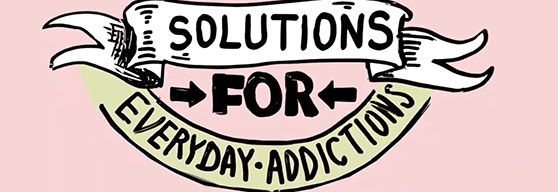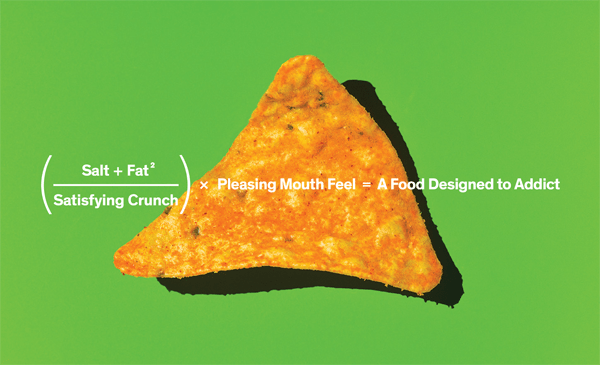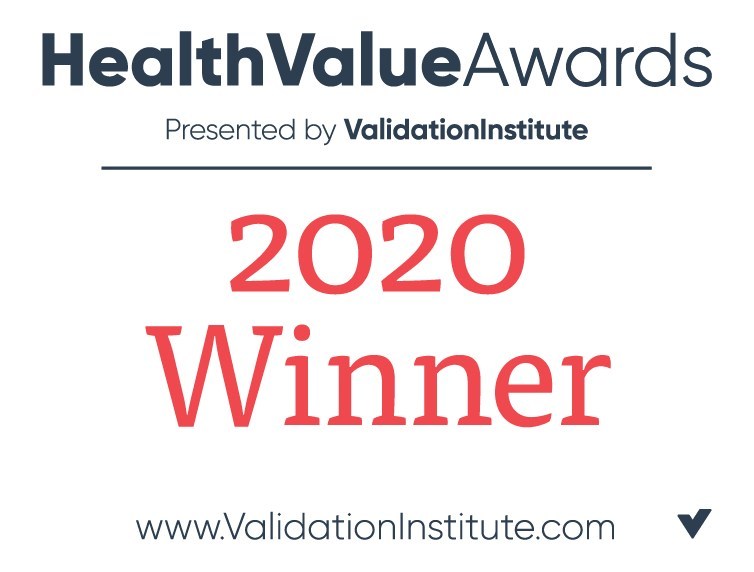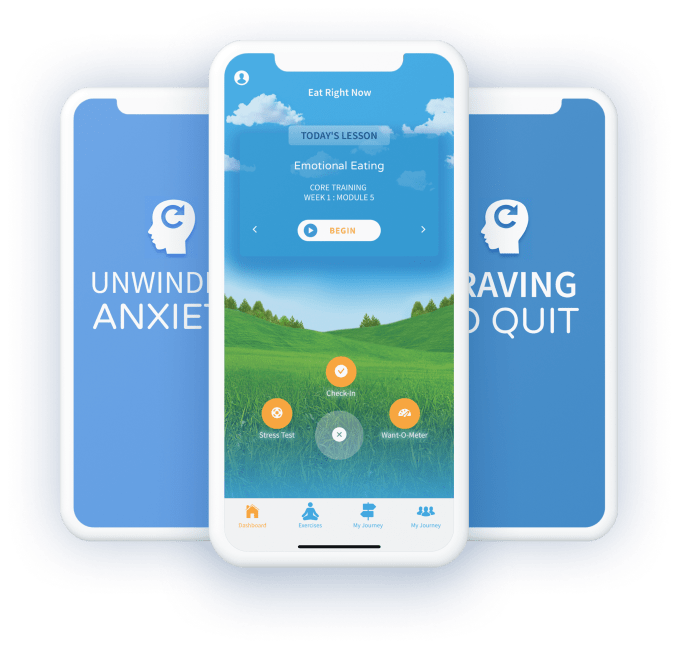What if I told you that we’re all addicted to something.
Now your initial thought is probably a quick, “no way, I’m not an addict.” You might think about the terrible toll of heroin or opioid addiction, or of the stinky smell of cigarettes and think to yourself that addiction is something that happens to other people. I’m different than that, aren’t I?
That’s exactly what I thought. I’m a normal guy who grew up in Indiana. My mom made sure I ate my vegetables, got an education, and stayed away from drugs. Perhaps I got a little too excited about all of these as now in my 40s, I’m a vegetarian, have too many graduate degrees (MD & PhD), and am an addiction psychiatrist. Everything a boy could do to make his mom proud.
It wasn’t until I was in my psychiatry residency training at Yale that I really learned about addiction. I saw patients addicted to meth, cocaine, heroin, alcohol, cigarettes… you name it. Many of them were addicted to multiple substances at the same time, and many had been in and out of rehab. People who knew the costs of their addiction on their health, their relationships, and their life, and yet could not get back in control. That’s the addict’s loop
What is the Definition of Addiction?
And that’s also where I learned the definition of addiction. It isn’t just the use of chemicals such as nicotine, alcohol and heroin. It’s bigger than that.
The simple definition of addiction is this: continued use despite adverse consequences. Continued use despite adverse consequences. Wow. That goes way beyond cocaine. That could mean continued use of anything.
So I asked myself: “what if the root of addiction isn’t in the substances itself, but somewhere deeper? What really causes addiction?”
What Causes Addiction?
I started doing some research. The joke for researchers is that research really means “me-search.” As in, we study our own quirks, foibles and even pathology (consciously or unconsciously). I also started asking friends and coworkers about their habits. Long story short: I found addiction everywhere. Continued tweeting despite adverse consequences. Continued shopping despite adverse consequences. Continued pining away for that special someone despite adverse consequences. Continued computer gaming despite adverse consequences. Continued eating despite adverse consequences. Continued daydreaming despite adverse consequences. Addiction really wasn’t limited to the so-called hard drugs and addictive substances. It is everywhere and comes in the form of everyday addictions. Is this new, or did we miss something?
Everyday Addictions
The answer: this is old and new. Let’s start with the new. The world we live today in is very different than it was just 20 years ago, and even more different than 200 years ago. Let’s use where I grew up, in the middle of America as an example. Back in the 1800s, if I lived on the prairie or on a farm and I had a hankering for a new pair of shoes, I’d need to hitch my horse to my wagon, ride into town, talk to the person at the general store about what shoes I wanted (and what size), go back home, wait a couple of weeks, hitch my horse back up to my wagon, go back into town and assuming I had the money to pay for the shoes, buy the darn shoes. Today? I can be zipping along in traffic, minding my own business, get stuck in traffic, and in a fit of frustration click on an ad that I saw in my email (yes targeted to me because google knows I like shoes), and as if by magic, 2 days later (thanks to Amazon Prime) a pair of perfectly fitting shoes shows up on my doorstep.
You don’t need to be an addiction psychiatrist to see that the two-minute, two click fix is more likely to get you to keep buying shoes than the 2 month experience.
In the name of convenience and efficiency, the modern world is increasingly designed to create experiences that are addictive. This holds true for things (like shoes, food, etc.) behaviors (like watching TV or playing video games) and even thoughts (like politics, romance, or needing to keep up with the latest news.) And because all of these are available at a moment’s notice through our TVs, laptops and smartphones, they can take advantage of any weak moment (boredom, frustration, anger, loneliness, hunger) to offer a simple emotional fix (buy these shoes, eat this food, check newsfeed).
Old Brain, New Brain
How did it come to this? For that, we need to go back a lot further than Little House on the Prairie; we need to go back to how our brains evolved the ability to learn, in order to answer that question.
At risk of oversimplifying things (our brains are very complex, and we are just beginning to scratch the surface), it turns out that our brains have old and new components. The new parts … thinking, creativity, decision-making, etc.
But these newer sections are layered on top of the older parts of our brain – parts that evolved to help us survive. You’ve heard of “fight or flight” right? That’s a reaction that starts in your older brain.
Another feature of the “old brain” is what’s called the “reward based learning” system. Reward-based learning is based on positive and negative reinforcement. You want to do more of things that feel good and less of things that feel bad. In fact, this ability is so important and evolved so far back scientists can see it in sea slugs -organisms with only 20,000 neurons in their entire nervous system (a discovery so big, that Eric Kandel won the Nobel prize for this).
Back in caveman days, this was really helpful. Since food was hard to come by, if we see some food that looks good, our brain says calories, survival! And we eat the food. We taste it, yummy, and especially with sugar, our brains release a chemical called dopamine that says: remember what you are eating and where you found it. We lay down a context-dependent memory, and we learn to repeat the process next time. See food, eat food. Feel good. Repeat. Trigger, behavior, reward. Simple right?
After a while our modern, creative brains say, hey you can use this for more than remembering where food is. Next time you feel bad, why don’t you try eating something good, so you’ll feel better? We thank our brains for that great idea, try this and quickly learn that if we eat chocolate or ice cream when we’re mad or sad we feel better. Same learning process, just a different trigger: Instead of a hunger signal coming from our stomach, this emotional signal – feeling sad triggers that urge to eat.
The Addict’s Loop
Or maybe in our teenage years we were a nerd saw the rebel kids outside of school smoking, and think, hey I want to be cool, and so we start smoking. The Marlborough man wasn’t a dork and this was no accident. See cool. Smoke to be cool. Feel good. Repeat. Trigger, behavior, reward. And each time we perform the behavior, we reinforce this brain pathway that says great! Do it again. So we do, and it becomes a habit.
Later, feeling stressed out triggers that urge to smoke or to eat something sweet. Now with the same brain mechanisms, we’ve gone from learning to survive to literally killing ourselves with these habits. Obesity and smoking are among the leading preventable causes of morbidity and mortality in the world. This is our old brain trying to help us survive in a new world.
Yes, this extends way beyond stress and overeating to shopping, romance and even anxiety. If you ever get caught up in a worry habit loop (thought or emotion -> worry thinking -> avoidance/over-planning etc.), you know what I mean. Ekhart Tolle said “One of the greatest addictions, you never read about it in the papers because people don’t know it, is the addiction to thinking.” Think about that! In fact this extends so far beyond classical addictions that I had enough research on the topic to fill an entire book (The Craving Mind) that has entire chapters on addiction to social media, distraction, thinking and even romantic love. True confession: back in college, I was “addicted to love,” as the Robert Palmer song goes (I’m in recovery).
Let’s now bring old and new together. Old: our brains are set up to help us survive. When we are hungry, we use reward-based learning to help us remember where to find food. New: this learning process can be leveraged to trigger cravings, create habits, and evoke emotions… and spill over into compulsive behavior and addictions.
Companies have understood this for quite a while now. They spend millions finding just the right amount of salt, sugar and crunch to make foods irresistible.
(image credit: The New York Times)
Or they spend countless hours tweaking their algorithm to make sure you see the perfect photos, videos and posts that will keep you scrolling (and on their system) for hours.
Let’s unpack this a bit more. Search engines, big data and deep learning aside, modern day psychology and behavioral neuroscience have figured out a few additional “addiction-maximizers” since the days of Little House on The Prairie.
The Dopamine Loop Addiction
First, the most crave-o-genic type of reinforcement learning is called intermittent reinforcement. As in, when an animal is given a reward that isn’t on a regular schedule, or one that seems random (intermittent), the dopamine neurons in the brain perk up more than usual. As in, neurons in the reward circuits of the brain fire when they get a reward that is unexpected. Think of a time when someone surprised you with a gift or party. I bet you can remember it, right? That’s because unexpected rewards fire off dopamine at a much higher rate than expected ones. This is considered the dopamine loop.
In fact, gambling casinos have dialed this in so well that they have a formula/algorithm that has the slot machines “hit” just enough times to get people to keep playing, even though on average everyone loses money (the casino’s “winning” formula).
Silicon valley has taken this to the next level. It turns out that intermittent reinforcement extends to anything that alerts you to something new. Remember, this is our old brain, using the only tricks that it has to try to survive in today’s fast paced and hyperconnected world. It doesn’t know the difference between a saber-toothed tiger and a late-night email from your boss. So anything that alerts you, from “You’ve got mail” to a buzz in your pocket for a new like on your social media post, triggers a response in your old brain. Yes, that’s right… your email, Twitter, Facebook etc. which claim to help you stay connected, are designed for maximum addiction, in part because they don’t bing, beep, tweet, or chirp at a regular interval. Hint: turn these alerts off on your computer and phone.
The second everyday addiction maximizer in the modern-day is immediate availability. Buying shoes back in the 1800s was a lot of work. If I had a hankering for new shoes, I couldn’t just impulsively order them, knowing that they’d show up at my barn the next day. That process made me really think about the costs and benefits. Were the shoes I had really worn out or would they work for a little while longer?
That process takes time. Time is critical for allowing all of that excitement to wash over us (Oh, new shoes, how fun!), and importantly, go away. Time gives us, well, time to sober up, so that the sweet juiciness of the moment can fade to the reality of the need. Yes, my shoes have big holes in them. My feet keep getting wet when I walk around the farm. It’s worth the time and energy to hitch up the horse…
In the modern world, however, you can take care of any need or desire almost instantly. Stressed out? No problem. Cupcakes are right around the corner. Bored? Check out the latest posts on Instagram. Anxious? Watch cute puppy videos on YouTube. “Need” a new pair of shoes (as in see someone with a cute pair of shoes that you have to have)? Just hop on Amazon, use one click shopping to order now and your shoes will show up in 28 hours and 14 minutes (unless, of course, you’d like them sooner…)
By combining the reward-based learning built into our old brain with intermittent reinforcement and immediate availability, we’ve created a dangerous formula for modern-day addictions that goes well beyond what we typically think of as substance abuse.
What are Your Everyday Addictions?
I’m not laying this out to scare you. I want you to understand how your mind works and how much of the modern world is designed to create addictive behaviors and capitalize on them. (think: smartphone = advertising billboard in our pocket -that we pay for!). I think it is only fair that you know at least some of what the companies marketing to you (and your brain) know to level the playing field a little bit.
And it is worth reflecting on for a moment: what are my everyday addictions? What bad habits and unwanted behaviors do I keep doing, despite adverse consequences? Looking for solutions to habit change or overcoming an everyday addiction? Need a simple way to break a bad habit?
